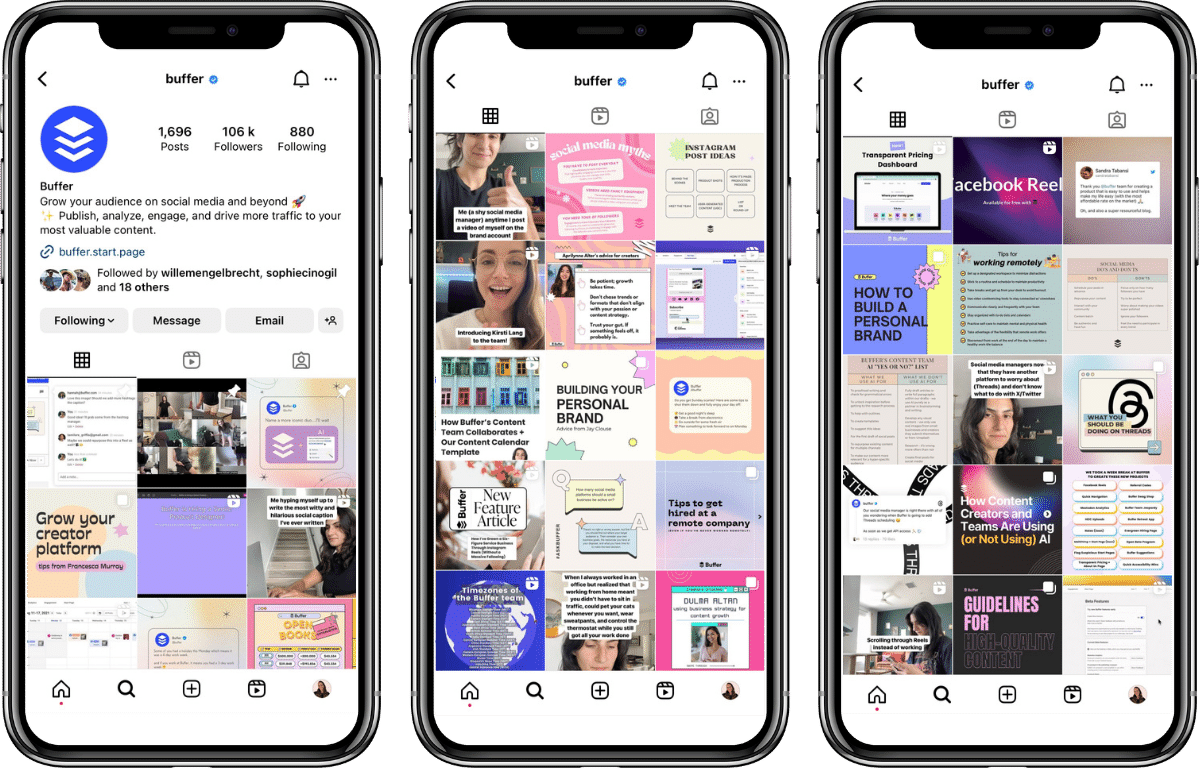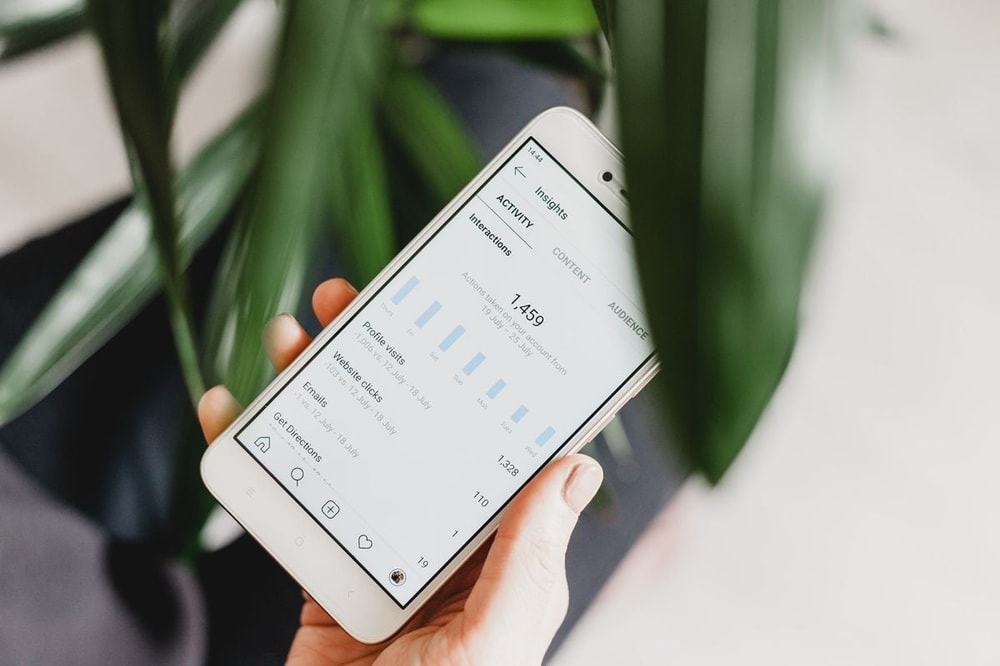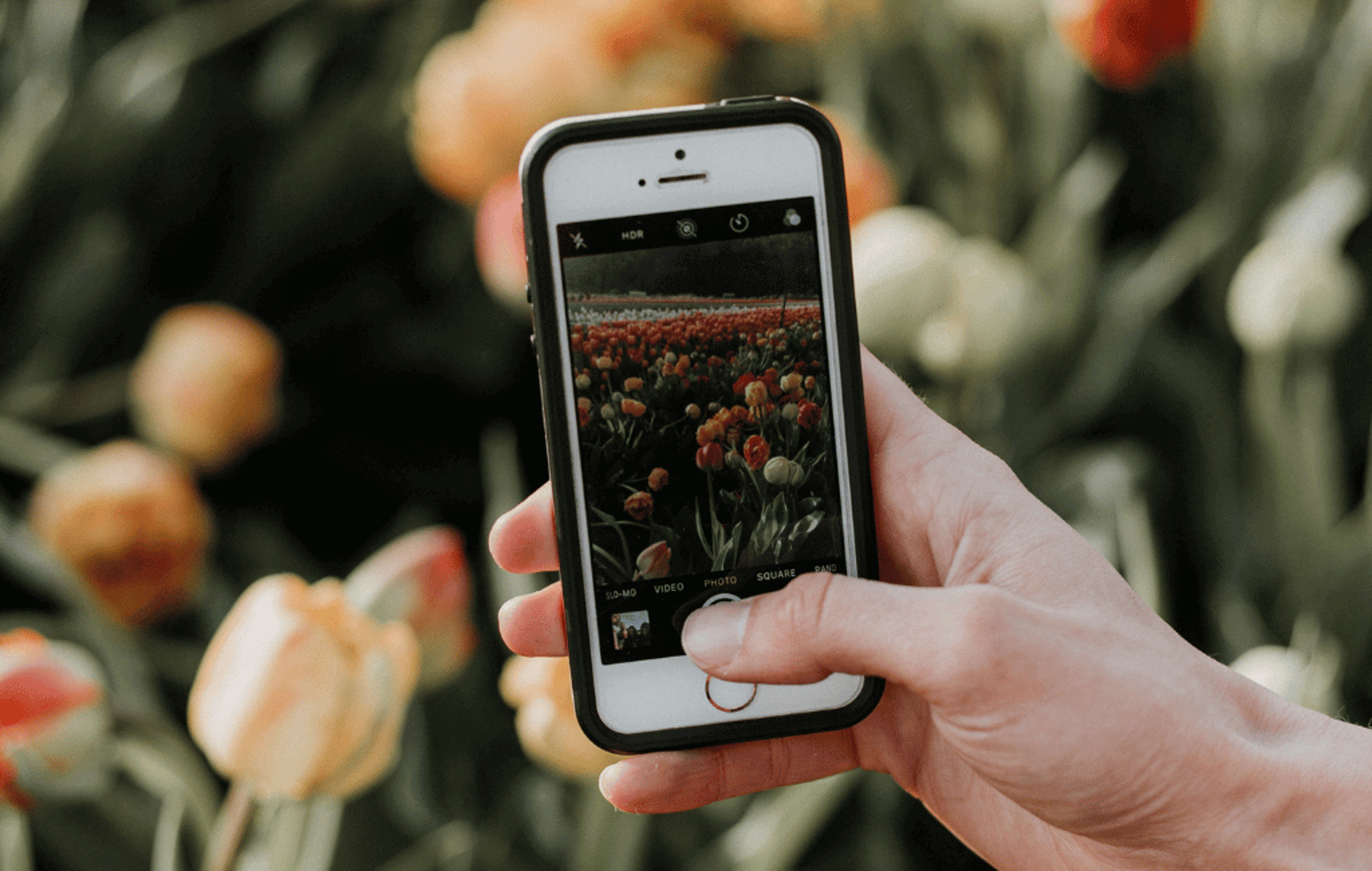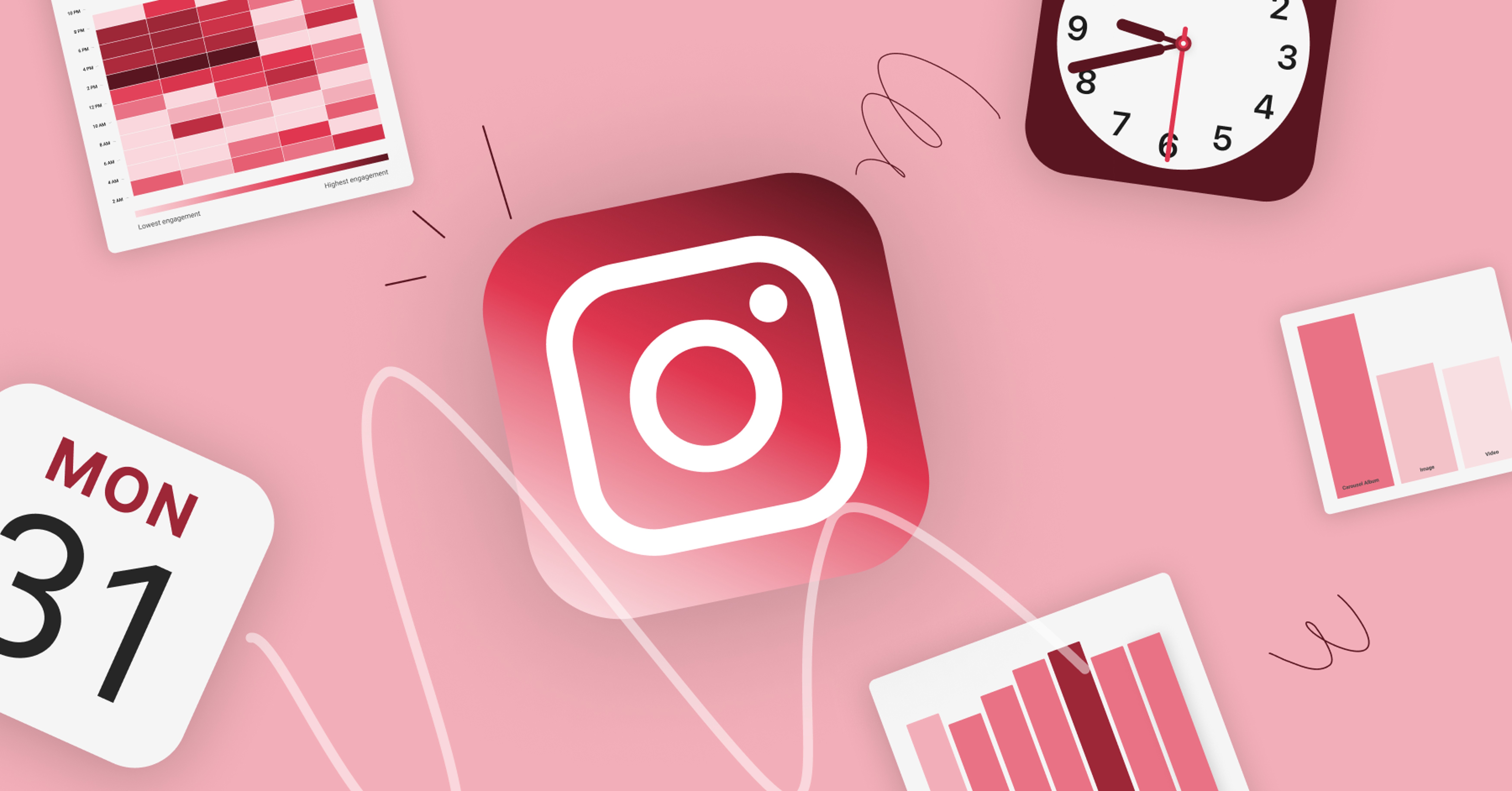Summary
Take a deep dive into Instagram's algorithms. We’ll go through the factors that influence the ranking of your content and how to make them work for you.
You will learn
- The most important ranking factors in all the various parts of the app
- Answers to Instagram's frequently-asked algorithm questions
- A marketer's approach to sharing content on Instagram
Contrary to popular belief, there is no one algorithm to rule them all when it comes to Instagram.
In fact, according to a recent update shared by the Meta-owned platform, there are “a variety of algorithms, classifiers, and processes, each with its own purpose” to make sure IG users see the content that most interests them.
“We want to make the most of people’s time, and we believe that using technology to personalize everyone’s experience is the best way to do that,” Head of Instagram Adam Mosseri wrote in the update.
Now, a “variety of algorithms, classifiers, and processes” may sound a little confusing, but fear not — it’s not quite as intimidating as it sounds.
In this article, I’ll break down exactly how the platform ranks content and share tips for increasing your chances of getting your Instagram content in front of more people.
Different parts of Instagram are ranked by different algorithms
You’ll find a lot of opinions about how certain types of content are ranked higher on the platform than others.
A popular one: “Instagram Reels perform better than Feed posts”. While that may be true in many cases (I’ll unpack why down below), statements like that give the impression that new posts and Reels are weighed against each other by a single algorithm, and Reels are given a leg-up — which is not true.
Instead, Reels and the Feed (and Stories and Explore) are all controlled by a different algorithm. Why? People’s behavior tends to differ in different areas of the app. “People tend to look for their closest friends in Stories, use Explore to discover new content and creators, and be entertained in Reels,” Mosseri explains.
With that in mind: here’s how it works.
How Instagram ranks Feeds
When people talk about how the Instagram algorithm works, it’s usually this area of the app they’re referring to: it’s the first feed most people will see when they open the app.
The Feed is a combination of videos, photos, and carousels (multi-photo posts) posted by anyone you follow, peppered with posts by other accounts Instagram users may be interested in, and sponsored posts tailored to them.
Instagram takes a staggering number of ranking factors into account when organizing Feeds. “We call these ‘signals,’ and there are thousands of them,” Mosseri says. Here is a breakdown of the most important signals, in order of importance.
- Activity. Posts the user has liked, shared, saved, or commented on.
- Information about the post. How popular a post is (how many people have liked it and how quickly people are liking, commenting, sharing, and saving a post) and more information about the content itself (when it was posted, and what location, if any, was attached to it).
- Information about the person who posted. “This helps us get a sense for how interesting the person might be to [the user], and includes signals like how many times people have interacted with that person in the past few weeks,” Mosseri says.
- The user’s history of interacting with someone. This is pretty straightforward, and ties in with some of the above points — whether or not the user has engaged with this poster before, and how.
With all that information, Instagram makes a series of “educated guesses” about how likely a user is to interact with a post, Mosseri says.
“In Feed, the five interactions we look at most closely are how likely you are to spend a few seconds on a post, comment on it, like it, share it, and tap on the profile photo. The more likely you are to take an action, and the more heavily we weigh that action, the higher up in Feed you’ll see the post.”
How Instagram ranks Stories
Instagram Stories — photos and videos that disappear 24 hours after posting — offer creators and businesses the chance way to appear on top of users’ Feeds as soon as they open the app.
As soon as you post a Story, your account profile picture will appear right at the top of the app in what IG calls a ‘Stories Tray’. Arguably, however, it may be even harder for brands to appear in this section of the app, given how IG views this as an area where “people tend to look for their closest friends”.
Here are the signals the platform takes into account for the Instagram Stories algorithm to show users the most relevant content.
- Viewing history. How often a user has viewed an account’s Stories (the more often they view a certain account’s Stories, the more likely they are to appear first).
- Engagement history. How often a user engages with that account’s stories, such as sending a reaction or a response.
- Closeness. The user’s relationship with the author overall and how likely they are to be friends or family.
Again, these signals will be used to “make a series of predictions about stories you’ll find more relevant and valuable”, Mosseri says, “including how likely you are to tap into a story, reply to a story in DMs or move on to the next story — to determine which stories will be shown higher in your Stories Tray.”
How Instagram ranks the Explore page
This is where things get interesting for creators and brands users don’t already follow. Explore (accessed by tapping the explore tab magnifying glass at the bottom of the app) was designed to help users find new accounts. Read: help new audiences find you.
This grid-style feed is made up of photos and videos a user is likely to be interested in based on past activity: posts they’ve liked, saved, shared, and commented on.
Here are the signals that play into the Instagram Explore page algorithm.
- Information about the post. Like with Feed, How popular a post is Instagram looks at how popular a post seems to be. “These signals matter much more in Explore than they do in Feed or in Stories,” Mosseri says.
- A user’s activity in Explore. Posts a user has liked, saved, shared, or commented on and how they’ve interacted with posts in Explore in the past. If users have engaged with a specific post found via Explore previously, the algorithm will show them more like that.
- A user's interaction history with the poster. It’s likely the post was shared by someone they don’t know, but if a user has interacted with them previously, it tells IG they’re pretty interested in their content.
- Information about the person who posted. Here IG takes into account how many times people have interacted with you recently across all your content, “to help find compelling content from a wide array of people”.
Here’s an example Instagram uses here, which I found really helpful in making sense of all of the above.:
“Let’s say you’ve recently liked a number of photos from San Francisco’s dumpling chef Cathay Bi (@dumplingclubsf). We then look at who else likes Cathay’s photos, and then what other accounts those people are interested in.
Maybe people who like Cathay are also into the SF dim sum spot @dragonbeaux. In that case, the next time you open Explore, we might show you a photo or video from @dragonbeaux.”
How Instagram ranks Reels
The Instagram Reels algorithm works similarly to the Explore page. The Reels feed — accessed by tapping the video icon at the bottom of the app — is designed to help users find new brands and creators. In this case, entertainment is top priority.
The signals IG takes into account here are:
- A user’s activity. Things like which reels they’ve liked, saved, reshared, commented on, and engaged with recently.
- A user's interaction history with the poster. As with Explore, it’s likely the Reel was shared by someone they don’t know, but if a user has interacted with them previously, it tells IG they’re pretty interested in their videos.
- Information about the Reel. These are signals about the content within the video such as the audio track or visuals in the video, as well as popularity.
- Information about the person who posted the Reel. “We consider popularity signals such as number of followers or level of engagement to help find compelling content from a wide array of people and give everyone a chance to find their audience,” Mosseri says.
Recommendation Guidelines on Explore and Reels
Instagram wants to minimize the chances they’ll recommend content to someone that they may find offensive. To that end, they’ve published detailed Recommendation Guidelines.
Posts that go against these guidelines may not violate their Community Guidelines and are technically allowed on the platform, but are won’t appear on the Explore page.
Some examples of things that go against IG’s Recommendation Guidelines are anything that depicts/discusses self-harm, suicide, eating disorders, or violence; is sexually explicit or suggestive; or promotes the use of certain regulated products, like tobacco.
Why the Instagram algorithms are a good thing
Rather than sharing Instagram algorithm hacks that don’t help you in the long term, let’s talk about why Instagram’s algorithms are actually great for users, creators, and businesses alike.
When social media platforms move away from a chronological feed, there’s always a public outcry. But showing recent posts in chronological order isn’t all that great. The Instagram Creators account reports that since switching to the new feed, “the average post is now seen by 50 percent more followers than it did with the chronological model.”
The Instagram algorithm change to a ranked feed is a win-win. With the help of machine learning, the algorithm ensures that users see content they’re most likely to be interested in, and that means business accounts are more likely to find their target audience (with the right social media marketing strategy).
As long as you are creating engaging, relevant, and timely content, the Instagram algorithm is actually an advantage to you. It helps to get your great content in front of more people than when posts were arranged reverse-chronologically.
Instagram algorithm FAQs
Are photos or videos preferred by Instagram’s algorithms?
Technically, no. Instagram doesn’t give extra weight to either videos or photos. However, if the data shows that a certain user prefers to engage with videos over photos, then that specific user may see more video content in their feed.
Another big caveat here: while Instagram doesn’t prioritize video by default, studies like HubSpot’s 2023 Instagram Engagement Report show that people do seem more likely to engage with video. “Video posts got a staggering three times more engagement than single images and significantly more than carousels,” according to the report.
Does posting too frequently impact ranking?
Instagram accounts aren’t down-ranked for posting content frequently. Though Christina d’Avignon, a product designer for Instagram feed, did tell The Verge: “We do make sure your feed feels diverse so we may break up posts.”
Are business and personal accounts treated differently by the algorithm?
As reported by TechCrunch: “Instagram doesn’t give extra feed presence to personal accounts or business accounts, so switching won’t help your reach.”
Will posting Stories or Live videos affect ranking?
Creating Instagram Stories or live broadcasting with Instagram won’t affect how your content ranks within the feed, but experimenting with a wide variety of content — as I’ll dig into below — means it's far more likely that your content will appear in more places on the app.
5 ways to make the Instagram algorithms work for you
Instead of telling you how to beat the Instagram algorithms, below here’s how to lean into it and use it to your advantage in your social media marketing.
1. Embrace the latest features
Driving the adoption of new features is important for Instagram, so it makes newer features more prominent in the app. It’s important to note that this does not mean that the Instagram algorithms automatically favor any specific post type. It does, however, give new features a prime location, such as putting Instagram Stories at the very top of the screen or moving the Instagram Reels icon to the center of your menu bar.
2. Vary your post types
Using a variety of post types — single image, carousel posts, Reels, Stories, and Lives — is key to successfully navigating the Instagram algorithms.
Sharing your content in different forms helps you reach a wider range of people. Plus, it’s a great way to repurpose your content. Not everyone watches a video, so you can turn your video content into a carousel post. Or you can appeal to Instagram Stories lovers by re-sharing Feed posts in your Stories.
Below you can see how we've been making an effort to diversify the post types we use on Buffer's Instagram account:

3. Post at the best times for you
There's no one-size-fits-all best time to post on Instagram. To figure out which times are the best for you, check out your Instagram Insights (found by navigating to your profile, tapping the hamburger menu on the top right, then ‘Insights’, then ‘Total Followers’) to see your audience’s most active times.
4. Create a hashtag strategy
Because users can search for and even follow hashtags, adding them to each post increases your chances of reaching a wider audience. Plus, studies show that posts with hashtags receive higher engagement than those without.
Save time with Buffer Hashtag Manager, which allows you to save groups of hashtags to easily add to posts later with the Instagram first comment feature. With our Hashtag Manager, you can create unique groups of hashtags for themes you use often. For instance, a shoe company like Luna Sneakers might have separate hashtag groups for their running shoes versus their fashion sneakers.
Branded hashtags — like #lovemylunas and #lunarunning — are a great way to keep your company on people’s minds. Branded hashtags not only help with brand awareness, but they also make it easy for you to find customer-produced content.
4. Focus on authentic engagement
Instagram’s algorithms reward engagement.
So, instead of wasting energy on Instagram algorithm hacks that only give you short-term results, focus on the connections you build with your audience.
Make sure you reply to direct messages and comments on your posts. The more you interact with your fans, the better. But it’s really easy to miss new comments among the likes, follows, and mention notifications on Instagram. Don’t be afraid to use emojis, either!
To help, Buffer has engagement features that surface any unanswered comments on your Instagram posts and help you to reply to as many comments as quickly as possible.
Another simple way to encourage engagement is to use interactive stickers, such as polls, questions, and sliding scale rankings, on your Instagram Stories. And don’t forget about user-generated content. People love seeing their own photos or videos shared on brand pages.
Snack company Pipcorn lets customers sing their praises by re-sharing customer content in their Instagram Stories.
5. Use analytics to see what's working
One of the best ways to understand what your audience enjoys seeing and is interested in is to dig into your Instagram analytics data.
Using Instagram Insights you can check out which of your posts have had the most interactions. You can also sort posts by most comments, likes and saves too if you'd like to dig into more specific engagement metrics.
Buffer's analytics will also help you uncover your best posts (those with the highest engagement) in just a few clicks:
Once you have a list of your most engaging Instagram posts you can start to identify what commonalities they might have. For example:
- What types of posts are they?
- What's the style of the creative?
- How is the caption structured?
With this data, you can begin to reverse engineer what your audience is most likely to engage with and build a strategy to help get the most out of Instagram's algorithm.
Instagram’s algorithms prioritize providing the best experience
If you focus on building connections with your audience and producing engaging content, you don’t need to worry about Instagram updates and Instagram algorithm changes.
“Authenticity and transparency are key to building sustainable engagement on Instagram,” says the Instagram Creators account, “Trying to game the system may provide a short-term benefit, but it is not a recipe for success long term...Make sure that you are creating content that is keeping your followers and community engaged and constantly coming back for more!”
Ready to level up your Instagram marketing? Get started with a free Buffer account.
A version of this post was originally published in April 2017 and updated in 2019 and 2021. This version has been updated to reflect Instagram updates in 2023.










